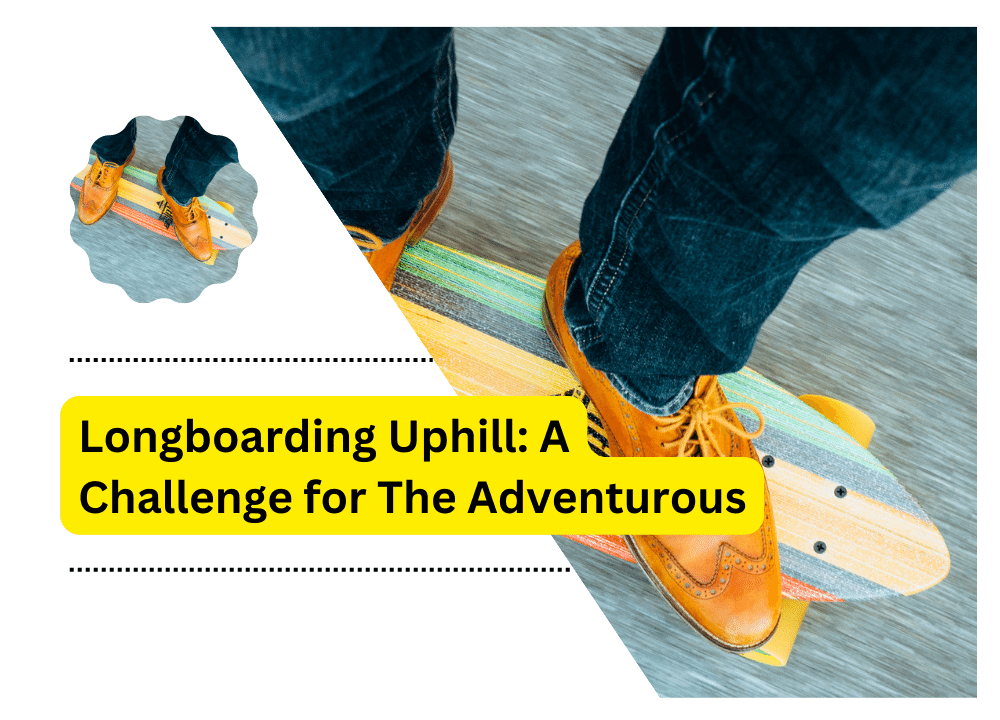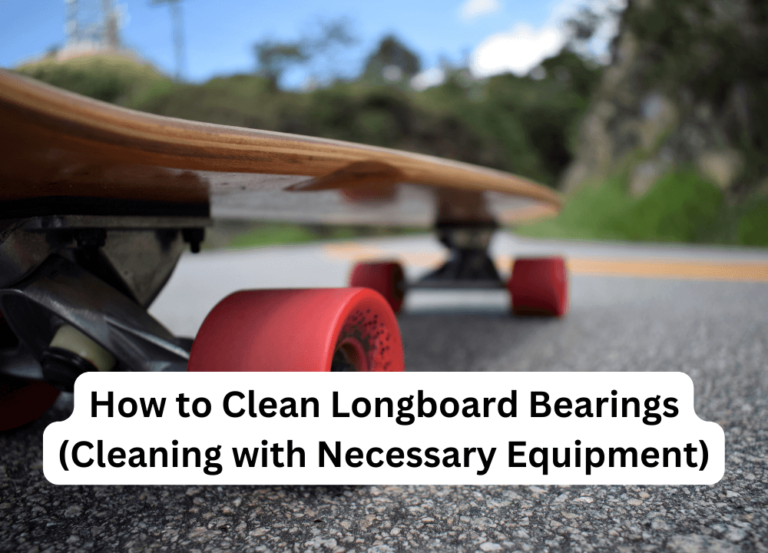Longboarding Uphill: A Challenge for The Adventurous

Longboarding is a fantastic way to get around and have some fun. It can be thrilling to zip around on longboards, especially when going downhill. But what about uphill? Can you make your way up an incline using a longboard? Yes! With the proper technique and equipment, anyone can learn how to ride their board up hills.
This guide explores why longboarding uphill is possible and how to do it. We’ll also examine your challenges while going up an incline on your board. So let’s get started!
Why You Can Longboard Uphill
Longboarding is not only possible, but it’s also easy with the right equipment. This is because of the special wheel setup that allows for improved traction when rolling up an incline. The key to success is having wheels with enough grip to climb a hill without slipping or losing speed.
These designed wheels are longboard wheels in various sizes and styles. Generally speaking, the larger the wheel size, the more grip it will have on an incline. The most common longboard wheel sizes range from 70mm to 90mm.
How To Ride Your Longboard Uphill
Now that you know why it’s possible to ride your board up hills, let’s dive into the steps you’ll need to take to make it happen.
Step 1: Choose The Right Equipment
For starters, you’ll need a longboard with the right size wheels for going uphill. As mentioned, more prominent wheel sizes give you more grip when rolling up an incline. You should also make sure to pick a board that is light but strong. It will be easier to control and less likely to wear out over time.
Step 2: Find the Right Incline
Before you start your journey up a hill, finding an incline that suits your experience level is important. It should be steep enough for you to get some momentum. But not so steep that it becomes difficult to control your board.
Step 3: Position Yourself for Climbing
Now you’re ready to begin the climb. Ensure your feet are firmly planted on the board, and your weight is evenly distributed between both feet. Lean forward with your arms outstretched to maintain balance and control.
Step 4: Start Pushing
With your body in the correct position, start pushing against the ground with your back foot. This will generate enough momentum for you to move up the hill. You can also use a skateboard-style pumping motion, slightly more efficient than pushing off with your foot.
Step 5: Finish the Climb
Once you reach the top of the hill, slow down and come to a complete stop. This will allow you to transition onto the flat ground off your board.
Building Strength and Endurance
Building strength and endurance is important if you want to become an expert at climbing hills on your longboard. It will make it easier to maintain control when going uphill and help prevent fatigue. To do this, try doing some exercises such as squats or lunges to work the muscles in your legs. You can also practise riding up slight inclines to get used to the feeling of going uphill. With enough practice, you’ll soon be able to conquer any hill!
Dealing with Downhill Momentum
Knowing the momentum that can build up from going downhill is essential when longboarding uphill. It is because the wheels will pick up speed while going down. Which makes it difficult to control your board on an incline. To avoid this problem, cut your rate and apply pressure to the wheel. Use your back foot to transition between flat and downhill sections.
Potential Challenges
No matter your practice, some hills may be too difficult to climb using your longboard. It is because of a few potential challenges that you may come across, such as:
Slippery surfaces
Some surfaces (like paved roads) can become slippery when wet or covered with debris, making it difficult to maintain traction and roll up an incline.
Too steep
When the slopes are too steep, generating enough momentum and power to make your way up the hill is challenging.
Unstable surfaces
Loose gravel or dirt can be tricky to move through with a longboard, as it may cause you to lose balance and control.
FAQs
A: The larger the wheel size, the better traction it will have on an incline. Longboard wheels range from 70mm to 90mm in size.
A: Yes, as long as you take the proper safety precautions and wear protective gear. Check for slippery, steep, or unstable surfaces before climbing.
A: Lean forward with your arms outstretched to keep balanced. You should also make sure your weight is evenly distributed between both feet. It will help you maintain control of your board as you go up the hill.
A: Longboarding downhill is a great way to get some speed and conquer steep slopes. Wear protective gear and watch out for potential obstacles on the road.
A: To build up your strength and endurance, try doing exercises such as squats or lunges to work the muscles in your legs. You can also practise riding up small inclines to get used to the feeling of going uphill. With enough practice, you’ll soon be able to conquer any hill!
Final Thought
Longboarding uphill is a great way to challenge yourself and have some fun. Anyone can make up an incline with the right equipment and technique. Remember to avoid slippery, steep, and unstable surfaces.
With practice and experience, you’ll soon master the art. You’ll be able to zip around on inclines with ease and confidence! Ensure you take safety precautions and always wear protective gear when riding your board. The last thing you want is to get injured while having fun.






